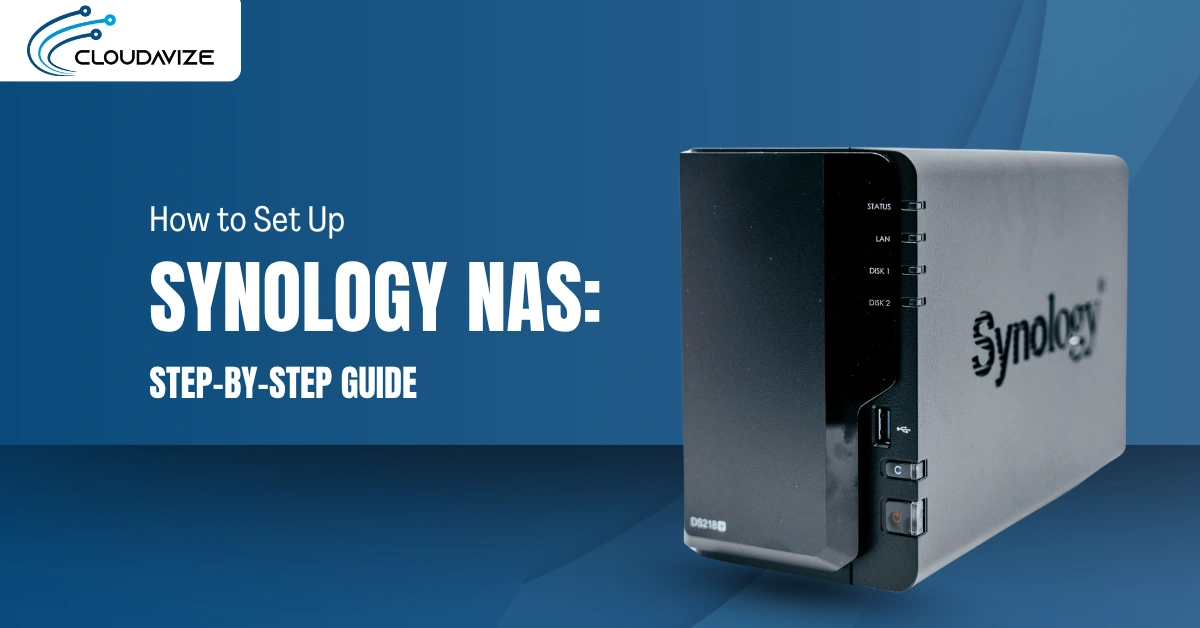Technology is the backbone of today’s offices, driving communications, sales and marketing, accounting, HR, and more. So, how well companies streamline their IT systems directly impacts how fast they can grow and whether they stay competitive in their respective markets.
Using the right applications can make all the difference in how productive your team is and how well your office operates. Businesses using strategic IT plans and managed IT services are often the ones getting ahead and reducing costs.
One of the biggest players in the cloud computing and office software world is Microsoft. Ever since their suite of office productivity software, Microsoft Office, was first introduced in 1990, they’ve been a mainstay in offices around the world.
As times have changed, so has Microsoft’s offerings. They’ve not only kept up with the times, the firm has been a driver of cloud services adoption around the world.
Three of their most helpful cloud-based applications are OneDrive, SharePoint, and Microsoft Teams, and they’re designed to work together seamlessly to help your office streamline workflows and keep everyone connected and collaborative.
86% of executives and employees say lack of collaboration and communication are responsible for workplace failures.
Why should you be using these three collaborative programs? We’ll go through what each one does and their benefits next!
Table of Contents
Reasons to Adopt OneDrive, SharePoint, and Teams
One mistake we’ve seen many companies make is just choosing a cloud service because it’s the “hot new thing.” They start adding different cloud solutions without a plan and end up with apps that aren’t built to communicate with each other and are actually holding them back and making their workflow more cumbersome.
That’s the beauty of the Microsoft programs… each is designed for a specific purpose and they’re all built to work together as one super technology team to power your office, share data, and avoid expensive redundancies.
Here’s what each part of this technology trio does.
OneDrive
OneDrive is a cloud-based file storage and sharing platform that makes it easy to access files securely online. It simplifies the process of file sharing both inside and outside your company.
How popular is OneDrive? In a survey of over 600 enterprises, 79.1% of companies with 100+ employees were using OneDrive for their business file storage and sharing.
SharePoint
SharePoint takes your file sharing a step further by allowing your team to create sites where they can share documents, lists, forms, and information with colleagues, partners, and customers.
Microsoft Teams
Teams is a workspace hub that includes a centralized chat system that connects your entire team and allows them to quickly message and share files in a way that’s much more efficient than email.
These three apps all integrate with each other to enable dynamic workflows that connect your entire team, and of course they are also completely integrated with Office 365 programs – Word, Excel, PowerPoint, Outlook.
Here are the key advantages of using Teams, SharePoint, and OneDrive.
Eliminate the Need for On-Premise File Network Sharing
It can be complicated to set up an on-premise server for file sharing between employees, and it can be tricky if you want to share files outside the office. Using OneDrive, SharePoint, and Teams means you don’t have to host files onsite, which offers multiple advantages over on-premise file sharing:
- More secure in case of damage to your premises
- Files are accessible and sharable from anywhere
- Can be accessed by PCs and mobile devices
- Less expensive (no server maintenance or repair costs)
- Flexibility to share files directly from OneDrive, via a SharePoint site, or through chat in Teams
Improved Collaboration
No longer will you have to email files back and forth for edits, then try to find the latest version among a bunch of other files with the same name. Not only can employees collaborate and edit files in real time together, they can also communicate in real time chat using Teams at the same time.
Your file is updated automatically while editing, so your team is always working on the most current version and stays on the same page with their workflow. They can easily “ping” the next person when it’s their turn to review or edit, making projects take significantly less time.
Automate Business Processes
Let your technology do some of the work for you by automating processes. Teams, OneDrive, and SharePoint are designed to send and receive commands with a variety of other apps by using Microsoft Flow as the trigger. You can use templated documents that help automate your review and approvals process so no one is left waiting on an OK before they can finish a task.
Some of the productivity-boosting automations you can use include:
- Automatically save Office 365 email attachments to OneDrive
- Post a message in Microsoft Teams for a selected SharePoint item
- Start an approval process for new SharePoint documents and notify via chat in Teams
- When security camera images are sent to OneDrive, get a text message
- Assign new leads to owners in Dynamics 365 from a SharePoint list
They’re Free!
If your office is already working with Office 365, then you’re not going to pay anything extra for OneDrive, SharePoint, or Teams. That’s another big reason to use these collaborative cloud-based programs.
With your Office 365 business subscription you automatically get:
- OneDrive with 1TB of storage space per user
- SharePoint with 1TB of storage per organization
- Microsoft Teams for team chat, plus ability to host online meetings and video calls for up to 250 people
Streamline Your Office & Boost Productivity
If you’re wondering how to make the most of these Microsoft applications at your office, we can help! Cloudavize helps businesses just like yours build solutions to completely transform their workflows every day. We design cloud solutions customized to drive efficiency, productivity, and collaboration.
Schedule a free consultation today and we’ll start working on your business tech success plan!



